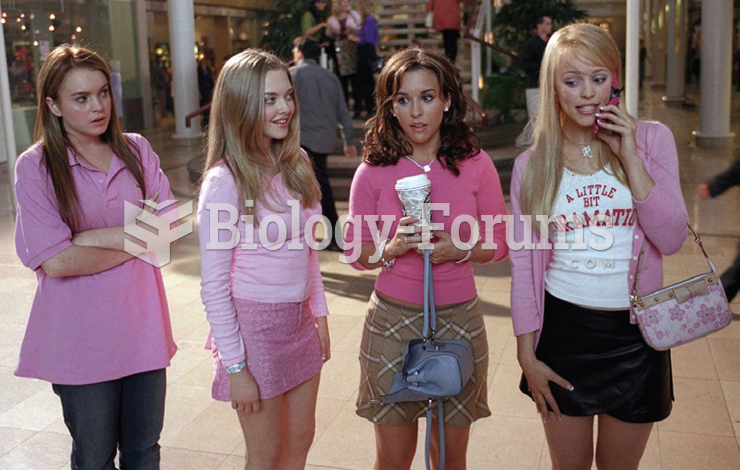Answer to Question 1
The Guerrilla Girls came into being in 1985 shortly after the opening of a huge exhibition at New York's Museum of Modern Art. The exhibition was a survey of contemporary painting and sculpture, and fewer than 10 percent of the works were by women artists. This event sparked the actions of an anonymous group of women artists who, in various methods and forms, protested the lack of women artists exhibiting in museums. Their protests ranged from posters to city bus signs. Eventually they began to appear in person, wearing gorilla masks that served a double purpose: to protect the identities of the protestors and to put everyone else at a disadvantage of being confronted with a ferocious apelike face. Individually the women artists may lack clout, but together they are powerful, and they believed the first step toward making a change is getting attention.
Answer to Question 2
Abstract Expressionist Willem De Kooning employed an abstract sense in his gestural oil, enamel, and charcoal painting Woman IV. In his series of paintings titled Women, De Kooning began each painting from a photograph of a beautiful woman; yet, as he worked, they mutated into grimacing monsters. Another form of abstraction that came into prominence was color field painting. Mark Rothko reduced imagery to a large field or area of color. His oil on canvas Orange and Yellow, as well as other paintings, has a meditative tranquility that draws in the viewer and invites contemplation. An example of a Neo-Dada style is found in Jasper Johns' Target with Four Faces. Johns combined objects and assorted art media to create a format called assemblage. In Target, Johns chose familiar images and objects in his pieces to create a visual narrative, mixing art with life as he saw it.







